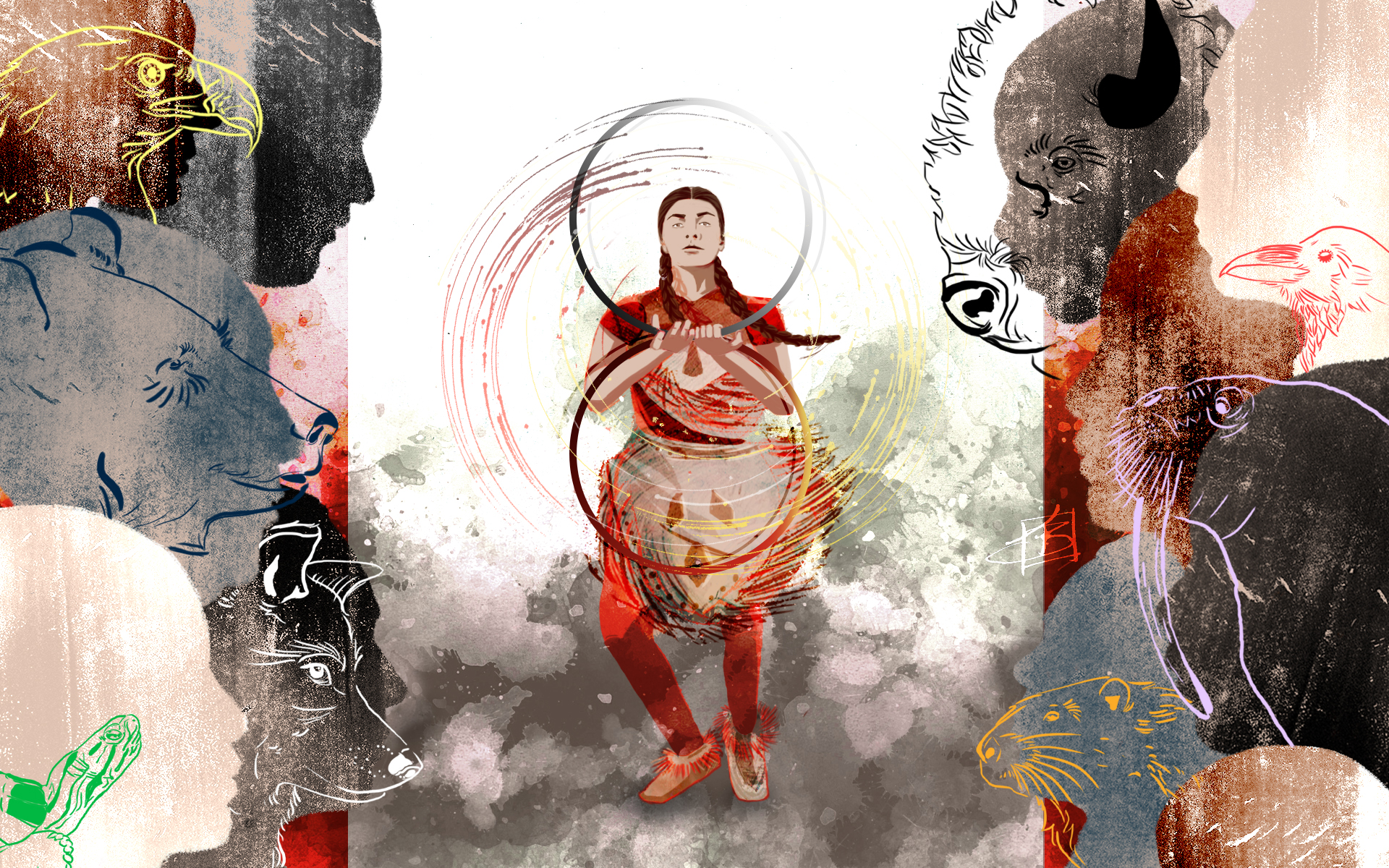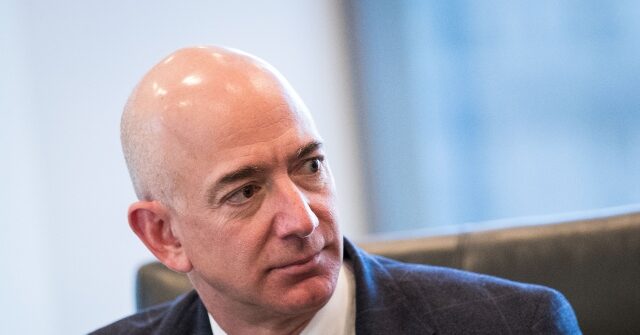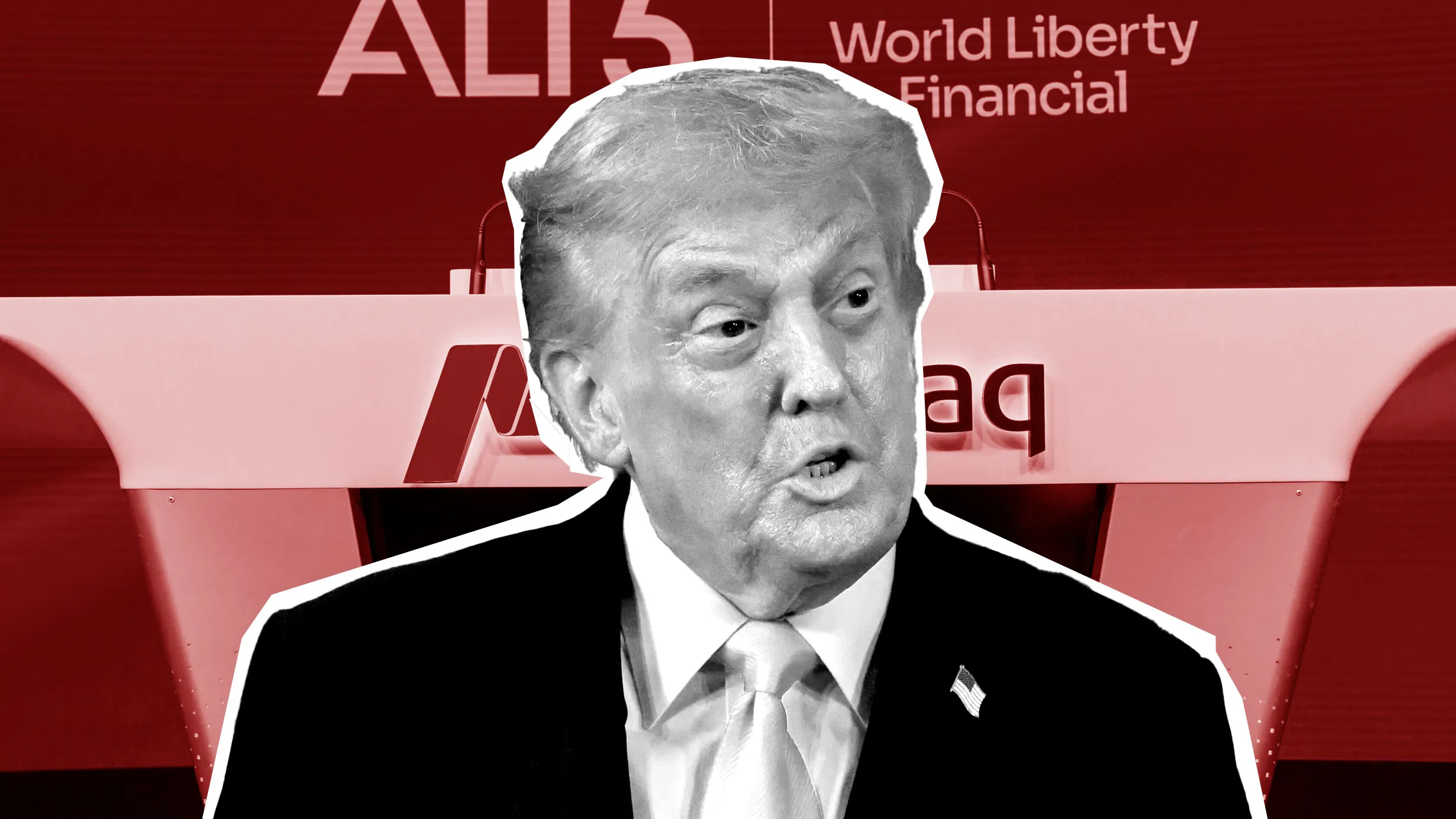By Michelle Cyca
Copyright thewalrus

In 1958, Eugene Arcand from Muskeg Lake Cree Nation was taken to St. Michael’s Indian Residential School. There, he was assigned a number—781—and he lived under the constant threat of abuse. Arcand began playing hockey after he noticed that the school athletes were the only ones who were fed properly. At hockey tournaments, he and the other children from St. Michael’s were made to wear their equipment at all times so they couldn’t run away. At the Final Report ceremony, Arcand unfolded a black-and-white photo showing a group of thirty-two little boys and girls laughing and smiling in the sun—his grade two class at St. Michael’s. Only nine of those children, he told the crowd, were still alive.
Arcand is one of more than 6,500 survivors and witnesses of the residential school system who spoke to the Truth and Reconciliation Commission when three commissioners, led by Murray Sinclair, spent six years gathering testimonies and millions of federal records. On December 15, 2015, the TRC presented its Final Report on the impacts of residential schools, just eighteen years after the last institution closed its doors.
Read more from our Truth and Reconciliation series:
Child Welfare
Economic Development
What the TRC compiled was a record of a system designed to forcibly assimilate Indigenous children, including at least 3,200 who died there. Sinclair, who passed away last November, maintained that the true number of deaths was far higher.
As Justin Trudeau, then the newly elected prime minister, accepted the report from Sinclair, he thanked survivors for their courage, saying, “Today, there is reason for hope. . . . We need nothing less than a total renewal of the relationship between Canada and Indigenous peoples.” He promised to “completely implement” the ninety-four Calls to Action in the Final Report, which outlined the changes necessary to repair that relationship.
But, a decade later, most of those calls have not been answered. Trudeau is gone, having made his ignoble exit in the midst of an international relations crisis between Canada and the US. Mark Carney has taken his place and unveiled a new vision of Canada as an economic powerhouse—a plan that requires Indigenous nations and their resource-rich territories to get on board. Indigenous nations, meanwhile, are furious with new national legislation—specifically the Building Canada Act, part of Bill C-5—that appears to bypass their rights entirely, with leaders staging protests, filing legal challenges, and walking out on the prime minister. There is a distinct atmosphere of national impatience: Can’t we move on from this reconciliation thing already? Hasn’t Canada said enough, done enough? What could Indigenous people still have to complain about?
It seems that every new federal regime in Canada is accompanied by a reckoning with the fraught relationship between Indigenous nations and the Crown. The TRC, launched in 2008, was not the first attempt to improve this dynamic. In 1982, after an eighteen-month international campaign by Indigenous activists, Section 35 was added to the Constitution Act, affirming, if not clearly defining, the existence of inherent Aboriginal and treaty rights. And in 1991, the Royal Commission on Aboriginal Peoples was established to “restore justice to the relationship between Aboriginal and non-Aboriginal people in Canada” in the wake of the Kanehsatà:ke Resistance, also called the Oka Crisis, a violent seventy-eight-day siege on Mohawk encampments by the Quebec police, the Royal Canadian Mounted Police, and the Canadian Army.
After five years and consultations in nearly a hundred Indigenous communities, the RCAP issued a report with 440 recommendations. The response from the federal government was muted, and the vast majority of the recommendations were never addressed or implemented.
A year later, in 1997, the federal government finally released their “Aboriginal Action Plan” in response to the RCAP—which included a commitment to address Canada’s role in the residential school system. A decade later, the Indian Residential Schools Settlement Agreement was implemented, offering compensation to all applicants who had attended a residential school, as well as a secondary avenue of compensation for survivors who testified to experiencing physical or sexual abuse. The latter received 38,000 claims.
The TRC was another condition of this agreement. “Canadians believe that the [TRC] came out of the goodness of Canada’s heart, not as a product of the largest class action lawsuit in Canadian history,” says Ian Mosby, an associate professor of history at Toronto Metropolitan University. Since the budget for the commission came through the settlement, “survivors spent their own money” for the TRC to exist, he says.
When Mosby first thought to check how many Calls to Action by the TRC had been completed in 2016, he was surprised to find that no one was tracking progress. “I remember being in the room when they released the Final Report, and all these government ministers and heads of churches and other important people were there, committing themselves to completing the work of the TRC. It was very emotional. The tears of the politicians seemed genuine,” he recalls. This is a common dynamic between Canada and Indigenous people: a conflict that revealed the ongoing injustices faced by Indigenous people, prompting overtures of change from an embarrassed nation—commitments that diminished in tandem with public pressure.
The TRC’s ninety-four Calls to Action span many sectors—child welfare, education, sports, business—and each is directed to a specific level of government. In 2016, Mosby found five calls had been completed; in 2017 and 2018, three more were fully implemented, bringing the total to eight. Then, in 2019, he and colleague Eva Jewell, also a faculty member at TMU and an Anishinaabekwe from Deshkan Ziibiing, published their first report through the Yellowhead Institute, an Indigenous-led research and education centre based out of the university. Their fifth report, released in 2023, determined that only thirteen calls had been completed—and none at all that year. At this rate, they calculated, Canada would not fulfill all calls until 2081. (The federal government said in December 2024 that “over 85 per cent” of the seventy-six calls that they were directly or partially responsible for were “now completed or well underway.”)
Estimates from the CBC and non-profit Indigenous Watchdog list only fourteen or fifteen calls as complete, and in some cases, Canada is moving backward: APTN reported that fifteen Indigenous people died in police custody in a three-month period in 2024, and Indigenous people are even more overrepresented in the prison system than they were a decade ago. Federal funding for gravesite searches at former residential schools was almost slashed by more than 83 percent last year, before community outcry got it reinstated, and an expert committee to support searches was defunded in February.
In the final pages of their report, Mosby and Jewell posed a question: “Perhaps, though, the ongoing failure of Canada to keep its promises when it comes to the Calls to Action highlights the limits of ‘reconciliation’ as a framework for meaningful and lasting change,” they write. “And we have to wonder: should we just abandon ‘reconciliation’ altogether?”
That question lingers. Today, the bestselling book in Amazon’s “First Nations in Canada” category is not a work of fiction or nonfiction from an Indigenous author; it is a book denying and distorting the history of residential schools. Residential school denialism is now commonplace, and based on the emails I receive whenever I write about the history of these institutions, a growing number of Canadians are eager to believe that the testimonies gathered by the TRC and the corroborating federal and church records are hoaxes.
As Donald Trump threatens and bullies Canada, federal and provincial leaders have responded with legislation that appears to sweep Indigenous rights entirely to the side with a shocking swiftness. Staggering inequities remain, many of which stem from the residential school system—the overrepresentation of Indigenous children in care; higher rates of incarceration, poverty, and addiction—as well as those that are plainly the fault of governments, such as inadequate funding for services and housing on reserves. Many Indigenous communities in Canada are still under long-term drinking-water advisories years after the federal government promised to resolve them, while provincial leaders in Alberta and Ontario argue that federal legislation for clean water on reserves could undermine business interests. As Carney sets the direction for Canada’s relationship to Indigenous nations for the next several years, it’s worth considering where we’re heading before it’s too late to change course.
Mosby and Jewell’s work tracking the implementation of the Calls to Action reveals an unsurprising pattern: when national attention is on reconciliation, change happens. Five calls were completed in the first year after the TRC’s Final Report was published; another five were completed in 2021 and 2022, following the discovery of unmarked graves on the grounds of the former Kamloops Indian Residential School and the global outpouring of grief and horror. “When we talked truth and reconciliation prior to the disturbances in Kamloops, I had noticed a real complacency had set in,” Arcand wrote in 2022. “Well, that complacency disappeared very quickly, but it only took six to nine months for it to creep back in. The only way to keep the TRC agenda alive is to keep people thinking about it—hit them right in the heart, right in the head.”
Old regimes don’t give me hope, but children do. They’re the impetus for truth and reconciliation and the hope for its realization. Ten years ago, Sinclair said, “The story of the truth of residential schools in this country is the story of the resilience of the children.” To Theland Kicknosway, then a twelve-year-old drummer from Walpole Island First Nation, he said, “Sing loud, and do that forever, my young friend—so that people will come to realize what could have always been, because of you.”



